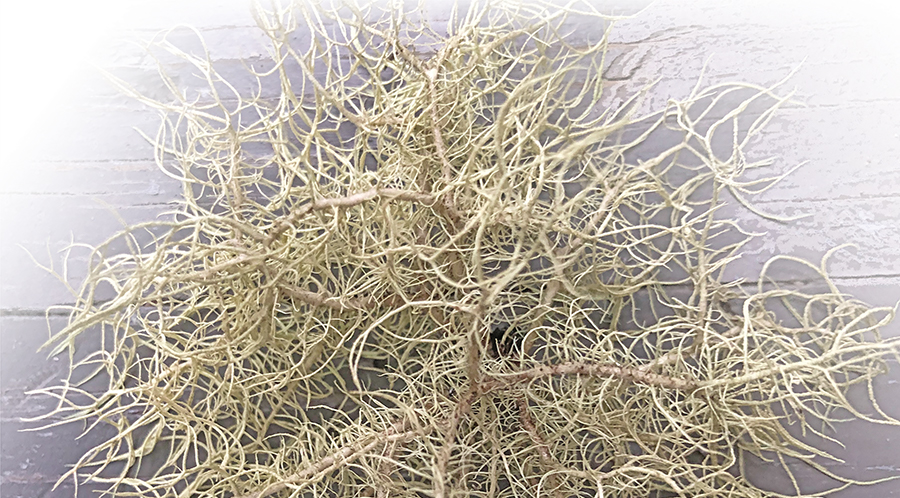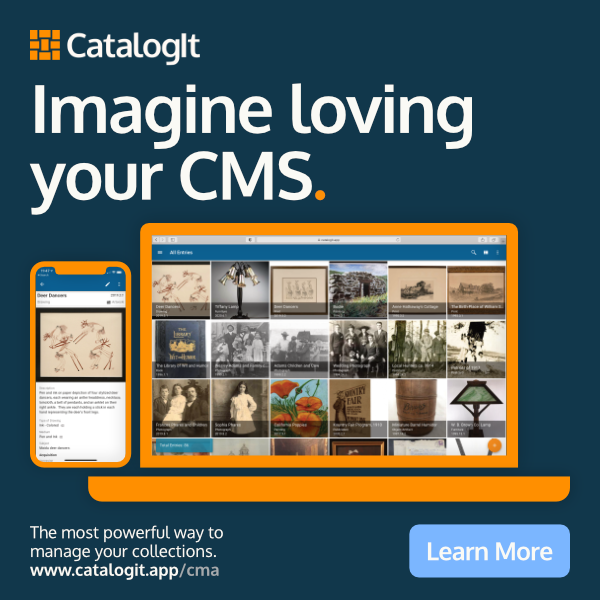
Reconciliation Update, Winter 2021
Barbara Filion
In the last issue of Muse, my appointment was announced but I had not yet started in my role as Reconciliation Program Director. Since then, I am pleased to report that much progress has been made towards the Program’s goals and that a concrete plan has been established for carrying out the important next steps.
As a starting point, I wanted to give a small summary of the program’s evolution. Originally conceived as a broader research project, the Reconciliation Program received funding for a more focused, concrete charge — to develop a report with recommendations and an accompanying toolkit for the museum sector that specifically respond to the Truth and Reconciliation’s Call to Action #67. The project was fine-tuned, taking into consideration other reconciliation work being done in the broader cultural sphere. To ensure that work is not duplicated, funding was provided for specific outcomes that will support museums in doing reconciliation work. Also, recognizing that this work has been happening across the country in various organizations, intrinsic to this work, will be pulling together resources and practices that already exist, so that museum professionals can access these with ease. The report and recommendations will highlight requirements needed to advance the reconciliation process and the toolkit will offer a roadmap, with tangible tools for reconciliation work, all with the goal of improving and strengthening relationships between Indigenous people and museum communities.
In early October, the CMA’s Reconciliation Council gathered for a working meeting and discussions. Much focus was given to the program’s next critical task — that of active listening to Indigenous stakeholders and museums. Council members are helping to guide this work by providing advice and assistance in establishing respectful relationships with Indigenous communities. I look forward for the Program to benefit from the Council’s experience, knowledge, and vast networks.
Due to the pandemic, we needed to change our approach and establish a new outreach plan. The new plan must be nimble, multi-pronged, and leverage technology, to allow for a variety of stakeholders to participate and help shape the recommendations and the toolkit. The built-in flexibility of the engagement approach will make it possible for communities that can gather in-person to host discussions and also allow us to use the virtual space to connect with Indigenous organizations, museums of all types and scales, and other museums associations. This plan is set to be put into action in January.
We are creating a website specifically for the project, where we expect to include important updates, a searchable literature review, our survey results and other project outputs. We will make sure to let you know once the website launches.
We are also pleased to report that we will be producing a Reconciliation in Action series of articles, focusing on successful reconciliation partnerships currently taking place in museums, which will be featured on the project site.
I am heartened by the conversations I’ve had with museum colleagues, that show a keen desire to move forward with reconciliation work, as well as by the collaborative projects that are currently addressing reconciliation while recognizing that this is a long process and much work still needs to be done.
As we proceed with the project and in hearing from stakeholders in Indigenous and museum communities, we are establishing the building blocks and a framework for the aforementioned report and recommendations and the toolkit that will support museums in responding to call to action 67.
Our overall approach is consultative, iterative, and responsive to the challenge — and we are eager to meet it. M
Barbara Filion is the Reconciliation Program Director at the Canadian Museums Association
